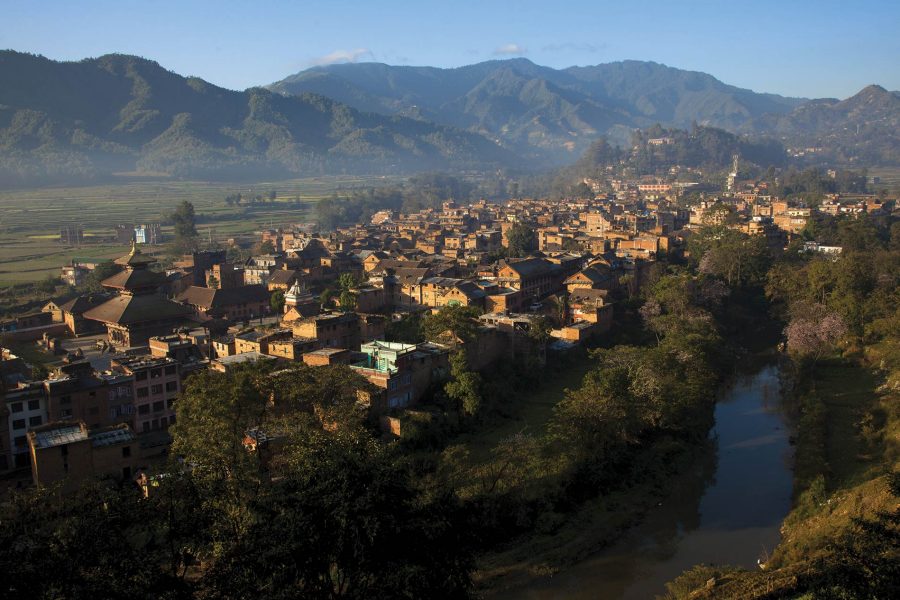
I have looked from many different vantage points, but I still can’t spot it. Here, in a forested valley near Kathmandu, is an invisible river. There are two waterways before me that I can see, hear, touch and smell – the Roshi and Punyamata rivers. But local legend has it that a third river – the Rudrawati – converges on this location as well. Together, the three form a shape similar to Lord Shiva’s trident. And due to this symbolism, Hindu worshippers have for centuries visited this spot to cleanse their feet in these sacred waters. "This has always been a very holy place," my Nepali driver Dinesh tells me.
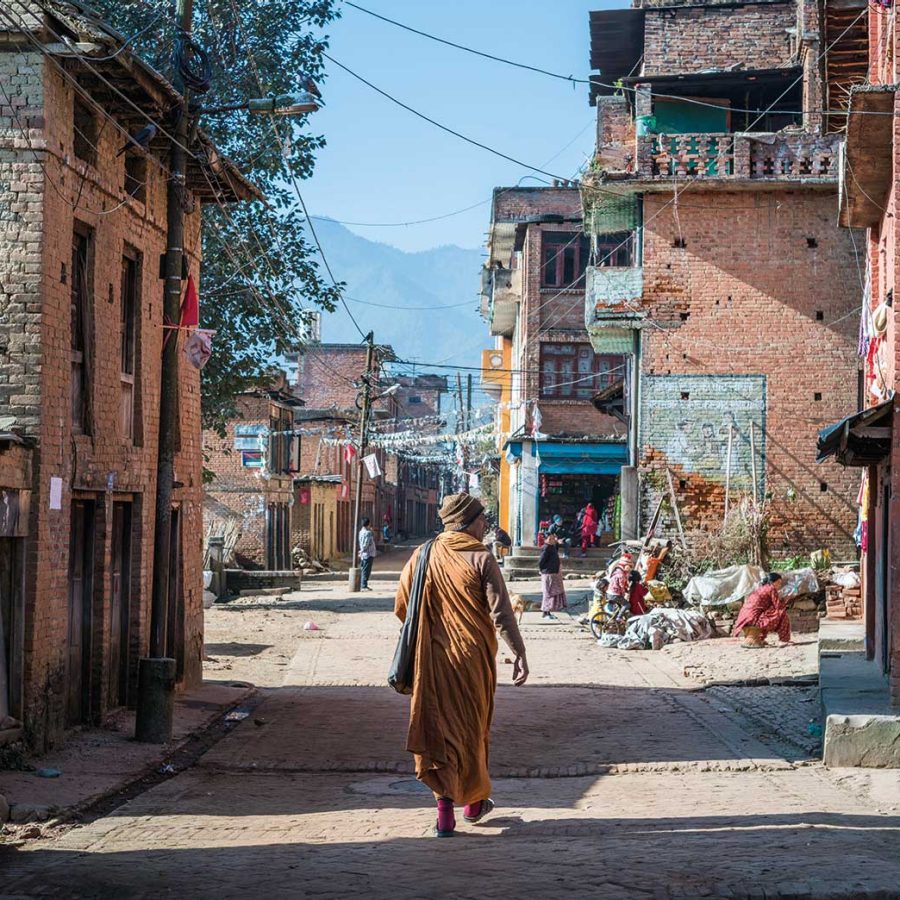
Credit: Ivoha/Alamy Stock Photo
Panauti, the town built around this confluence of rivers, is located just 32 kilometres southeast of Kathmandu. While the Nepali capital has modernised at a roaring pace over the past decade, Panauti looks like it has not changed in centuries. Its cobbled lanes are lined by timeworn architecture, rich with intricate, hand-carved woodwork. Sadhu holymen bow in prayer at the town’s Hindu temples, their foreheads coloured with paste and long hair matted in dreadlocks. Men gather on benches wearing traditional Daura tunics and Dhaka caps, while women perform chores in their colourful Kurta Suruwals – baggy trousers, a loose blouse and scarf. There are no tour groups, no touts, no souvenir shops – just a peaceful old town in a stunning setting.

Credit: 2016 Pacific Press
Body language and hand signals are all I have at my disposal in Panauti: but they serve well enough with the elderly Nepali man who gives me an impromptu tour of his hometown. He points at architectural features and then launches into what I can only presume are explanations of the design elements of this historic settlement. As we walk further, we’re greeted not just by ancient buildings but also smiles and salutations. The pride is obvious. The people of Panauti know they have something special.

Credit: Ronan O’Connell
There is a small but comprehensive history museum inside the grounds of Panauti’s most revered religious complex, the 700-year-old Indreshwar Mahadev Hindu temple. Here, I learn that the town dates back at least 1,800 years to the time of Nepal’s Licchavi kingdom, and it flourished in the 1400s under the rule of the powerful Malla dynasty. At the time, the Kathmandu Valley was densely populated, and Malla rulers invested heavily in Panauti to transform it into a key trading hub for merchants heading east.
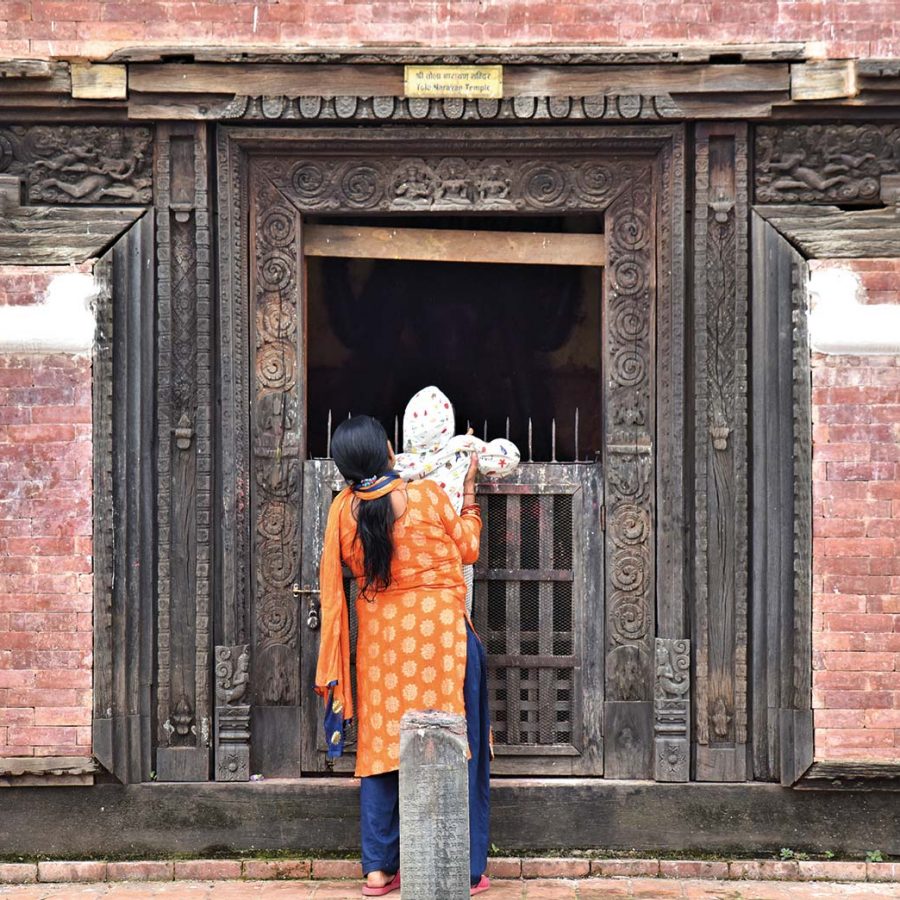
Credit: Ronan O’Connell
The myth of its sacred river turned it into a site of pilgrimage and a cluster of beautiful temples – including the Indreshwar Mahadev – were built on its waterfront. Its three-storey pagoda makes it the tallest building in town and still serves as the venue for major religious celebrations. The copper top tier of this classic Newari temple – the indigenous style of architecture in the Kathmandu Valley – is decorated in gold leaf which shimmers in the sun. The lower tiers, like the roofs of the town’s two other temples, are covered by small terracotta tiles called Jhingati, which have been used in this region for hundreds of years.
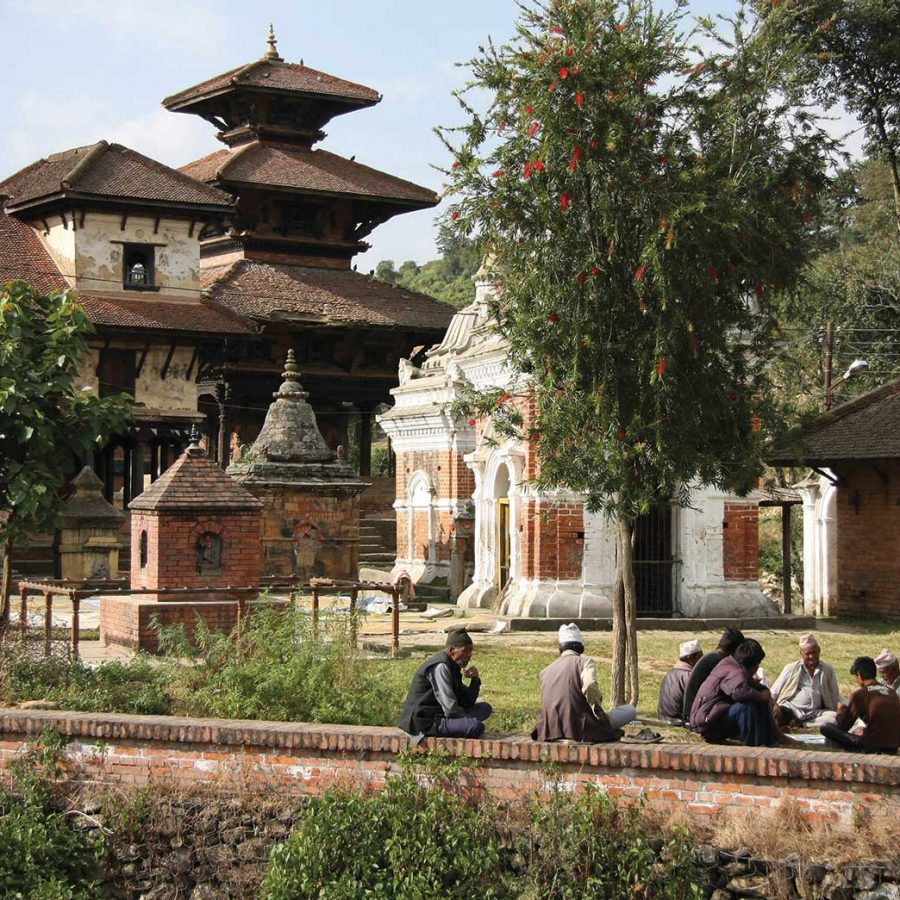
Credit: Universal Images Group via Getty Images
Yet the defining feature of these temples, and of the dozens of old homes throughout Panauti, is their complex woodwork. Carved by hand with remarkable precision, the wooden lattices, eaves and Hindu icons that embellish these buildings are gorgeous. The people of Panuati take great care to maintain the splendour of these facades, which remain in remarkably fine condition – even after the catastrophic 2015 earthquake that claimed the lives of nearly 9,000 people and demolished thousands of buildings.
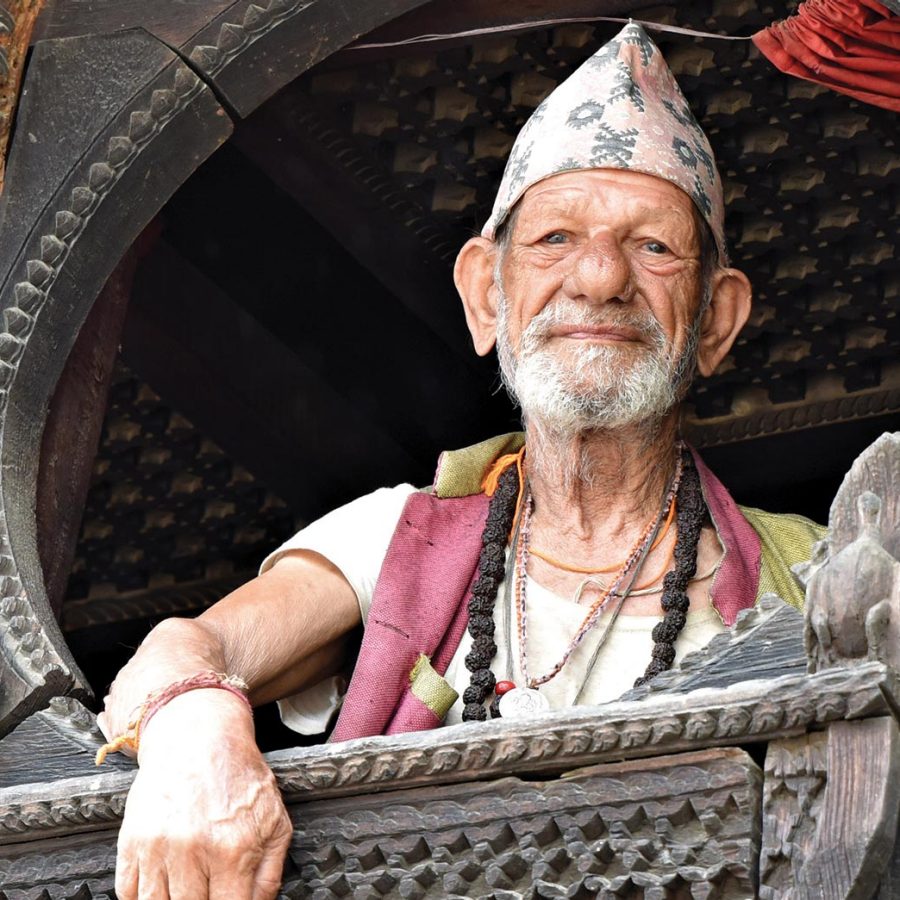
Credit: Ronan O’Connell
The reason, according to some locals, is because Panuati is built on a single large rock, which has guarded it from multiple major earthquakes in recent centuries. Others believe it was protected by the holy Rudrawati river – which I have still failed to track down. But on our 90-minute drive back to the capital, Dinesh solves the mystery for me. "Only the holy men can see the Rudrawati," he explains, adding a still more mysterious edge to a town that already has me fascinated.
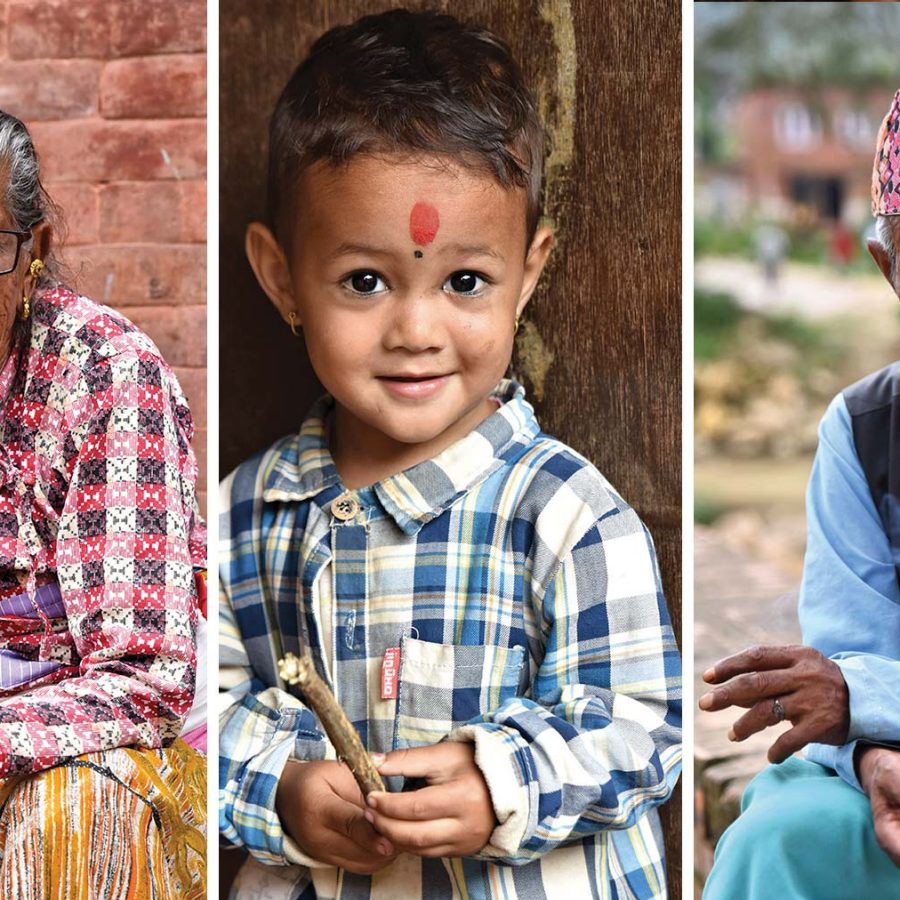
Credit: Ronan O’Connell
Few people visit Panauti, but that will change if the Nepal government has its way. Tourism representatives believe the town has the potential to be a major tourist drawcard and have applied for it to be granted Unesco World Heritage Site status.
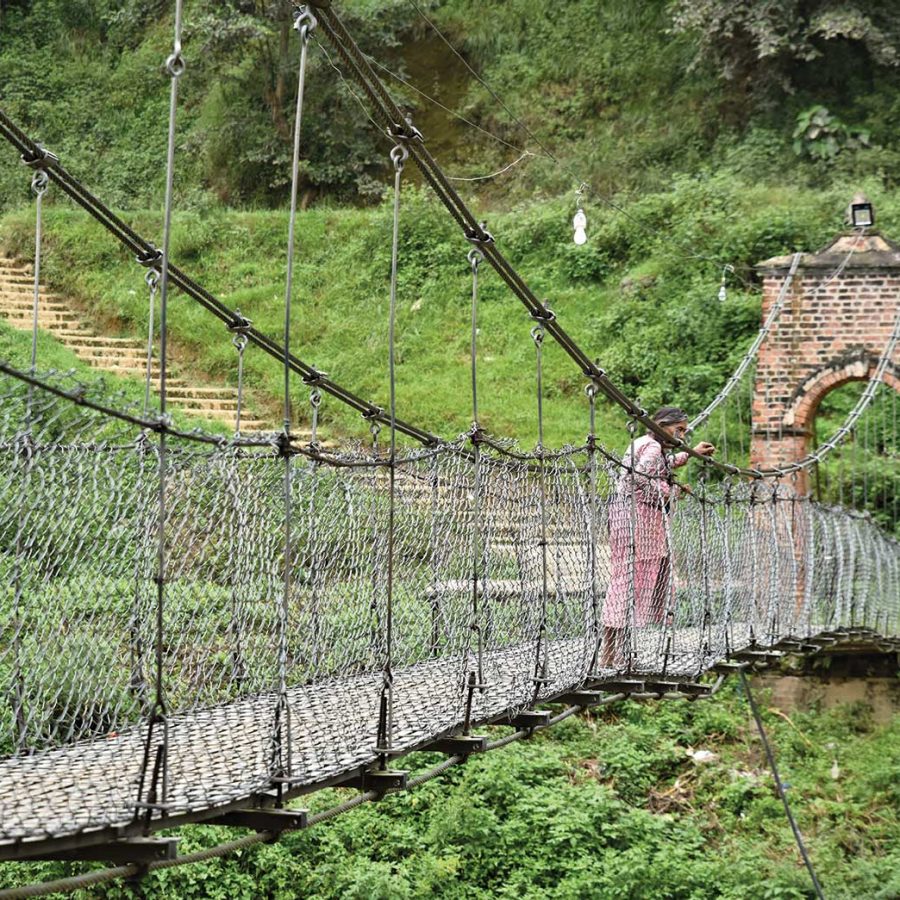
Credit: Ronan O’Connell
While places that receive Unesco status benefit from funding for architectural preservation and buzz from international media, such fame can also lead to overtourism and, quite often, a dilution of the local culture. A good example is the surrounding area of Kathmandu Valley – home to seven World Heritage Sites – which seems as if it caters more to visitors than those who actually live there.
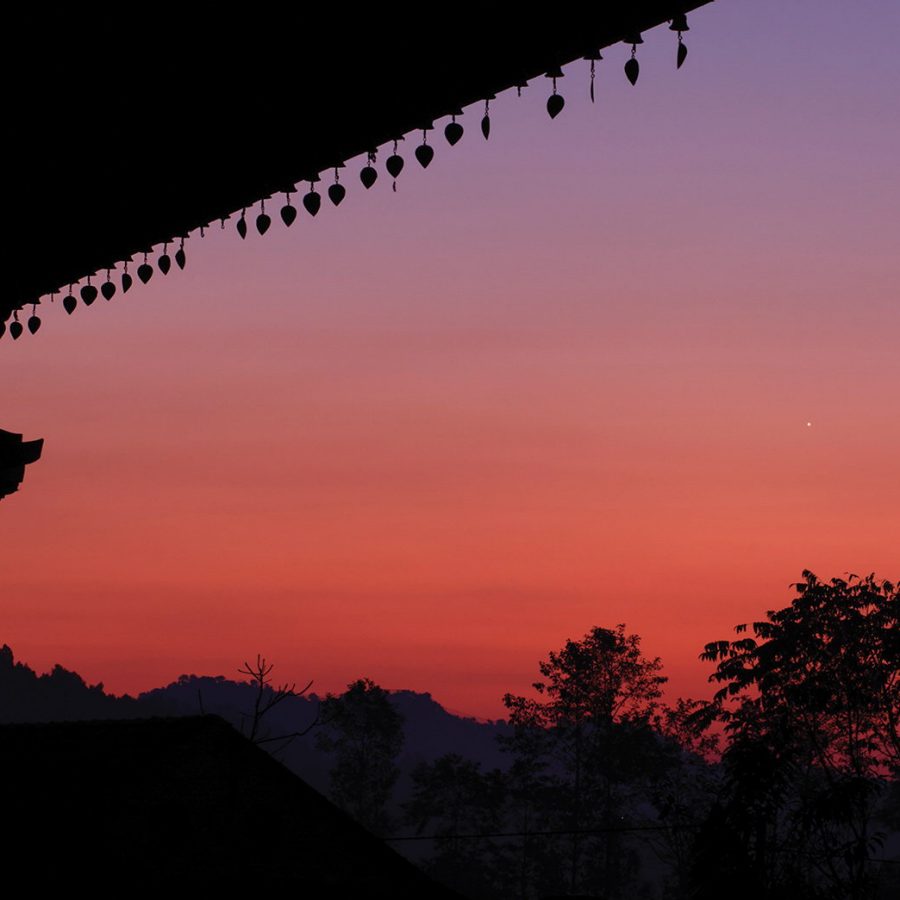
Credit: Babak Tafreshi/Getty Images
"Panauti has stepped aside from the march of time that has overtaken bigger towns in the Kathmandu Valley," says Marcus Cotton, managing director of the Tiger Mountain Pokhara Lodge and a long-time resident of Nepal. "There’s still an authentic flavour of a traditional Newar community here."
And at least for the time being, Panauti is flourishing; its architecture, customs and traditions are still intact. Nowhere in the Kathmandu Valley are Nepal’s history and culture displayed with greater beauty – and, above all, greater authenticity. Panauti is Nepal in its rawest glory.
More inspiration
Kathmandu travel information
- China – the Chinese Mainland, Hong Kong SAR, Macao SAR and Taiwan Region
- Hong Kong SAR - English
- Chinese Mainland (China) - English
- Taiwan, China - English
- 香港特別行政區 - 繁體中文
- 中国內地 - 简体中文
- 中國台灣 - 繁體中文
- Africa
- South Africa - English
- Asia
- Bangladesh - English
- Korea - English
- Singapore - English
- Cambodia - English
- 한국 - 한국어
- Sri Lanka - English
- India - English
- Malaysia - English
- Thailand - English
- Indonesia - English
- Maldives - English
- ประเทศไทย - ภาษาไทย
- Indonesia - Bahasa Indonesia
- Myanmar - English
- Vietnam - English
- Japan - English
- Nepal - English
- Việt Nam - tiếng Việt
- 日本 - 日本語
- Philippines - English
- Australasia
- Australia - English
- New Zealand - English